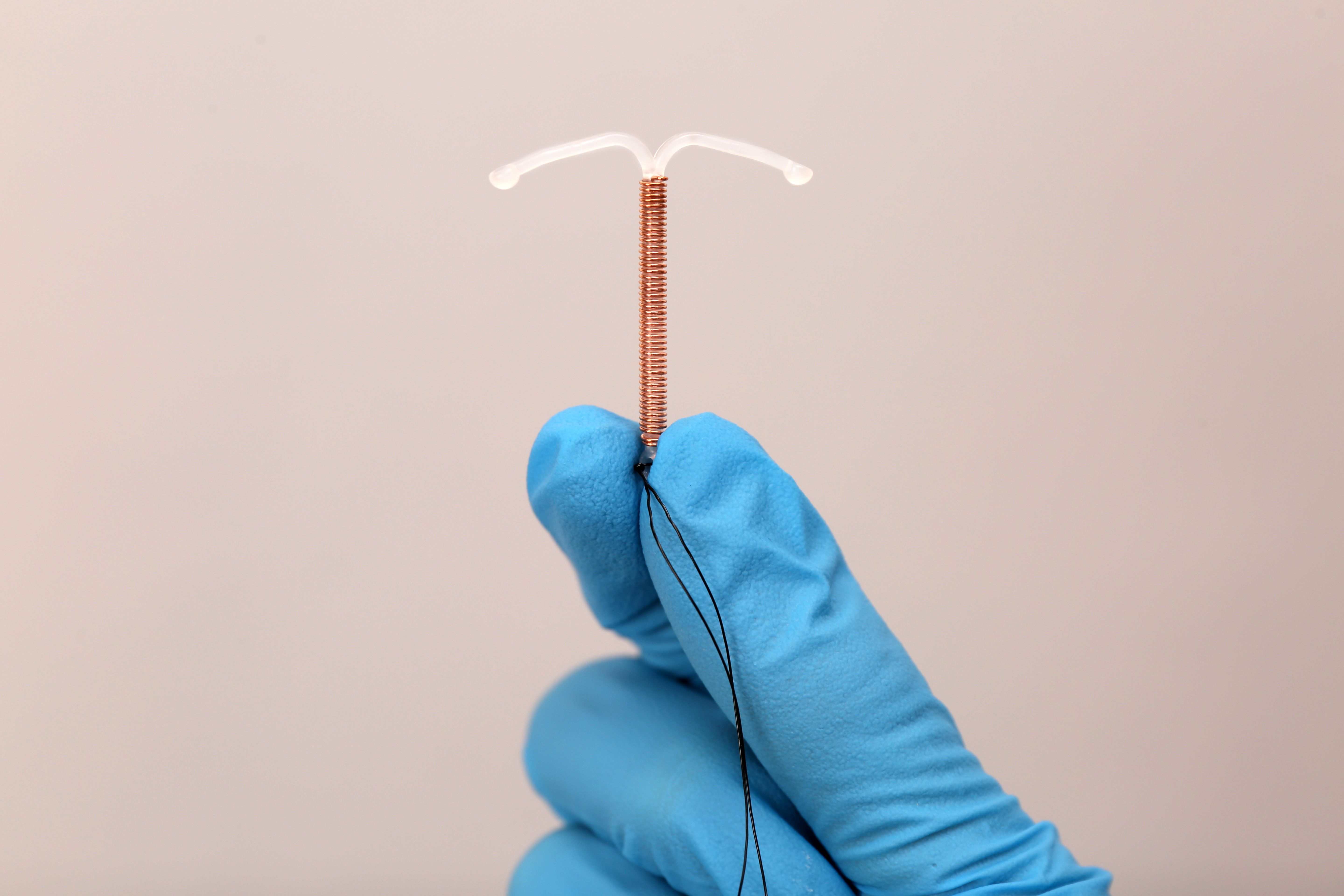Long-acting reversible contraception access for a Southern Texas border population
The IPP LARC program “allowed for the provision of LARCs for women who had limited to no funds or access, especially in the postpartum period,” according to study authors of a poster presented at the 2023 Society of OB/GYN Hospitalists Annual Clinical Meeting in Chicago, Illinois.
Long-acting reversible contraception access for a Southern Texas border population | Image Credit: © New Africa - © New Africa - stock.adobe.com.

Increased contraceptive access for a Southern Texas border population could reduce unplanned and unintended pregnancies, according to a poster highlighted at the 2023 Society of OB/GYN Hospitalists Annual Clinical Meeting, held in Chicago, Illinois. In a retrospective descriptive study, investigators sought to evaluate the implementation of immediate postpartum long-acting reversible contraception (IPP LARC), “as an added benefit to the health care access that most women have due to pregnancy.”
In 2017, the IPP LARC Program was implemented at the Doctor’s Hospital at Renaissance (DKR) Health Women’s Hospital in Edinburgh, Texas. Data for the study was collected from an IPP LARC registry that included all inserted devices from 2017 to 2021.
The study demonstrated device types used were 67% implants and 33% intrauterine devices (IUDs). The mean age of patients in the study was 26.2 years, with the youngest being 14 years and the oldest 44 years. The mean gravidity was 3.41, mean parity was 3, and abortion was 0.46. Of the 467 participants, 416 had postpartum insertion (89.1%), 36 had post-SAB insertion (7.7%), and 15 had gynecologic insertion (3.2%). Seventy-five percent of patients delivered vaginally, while 25% via cesarean section. Types of IUDs included Mirena (51; 33%), Paragard (32; 21%), Liletta (69; 45%), Kyleena (1; 1%).
Nearly 35% of devices were sourced from the hospital, 302 (64.7%) from grants, and 3 were listed as being sourced as “other.” For funding, Medicaid funded 193 devices (411%), 257 (55.2%) were from self-pay, and 16 (3.4%) were funded via private insurance.
According to the study investigators, the IPP LARC program “allowed for the provision of LARCs for women who had limited to no funds or access, especially in the postpartum period,” and LARC devices were provided for non-contraceptive benefits to the participants. Regardless of delivery route—vaginal vs cesarean delivery—IPP LARCs were requested. The most requested LARC were implants, and the majority of IUD recipients opted for the hormonal IUD.
Authors noted that future steps include assessing patient satisfaction of IPP LARC devices through surveys conducted via the telephone, determining IPP LARC continuation or completion rates, and evaluating reasons for discontinuation. Further, investigators want to determine demographics of the study population including age, gravidity/parity, education level, ethnicity, and household income.
Reference:
Ju D, Finney M, Rivas SD. Implementation of an immediate postpartum long-acting reversible contraception program in a Southern Texas border population. 2023 Society of OB/GYN Hospitalists Annual Clinical Meeting. September 9-13. Chicago, Illinois.
Recap on reproductive rights with David Hackney, MD, MS
December 20th 2022In this episode of Pap Talk, we spoke with David Hackney, MD, MS, maternal-fetal medicine physician at Case Western Reserve University and chair of ACOG's Ohio chapter for a full recap of where restrictions on reproductive rights have been and where they're going.
Listen
In this episode of Pap Talk, Gloria Bachmann, MD, MSc, breaks down what it means to be a health care provider for incarcerated individuals, and explores the specific challenges women and their providers face during and after incarceration. Joined by sexual health expert Michael Krychman, MD, Bachmann also discusses trauma-informed care and how providers can get informed.
Listen
Contemporary understanding of breast cancer risk with combined oral contraceptives
April 2nd 2024Unveiling the intricate relationship between combined oral contraceptive use and breast cancer risk, navigating through research insights and clinical implications for informed patient counseling.
Read More
